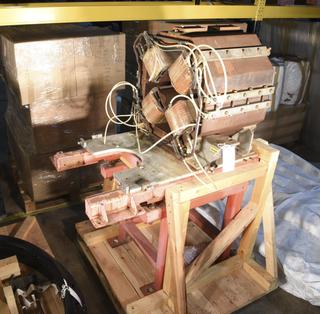


Electromagnet used by James Jo
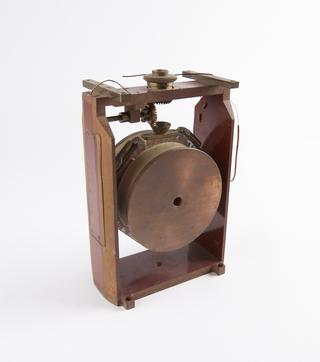
Small superconducting electromagnet
1965
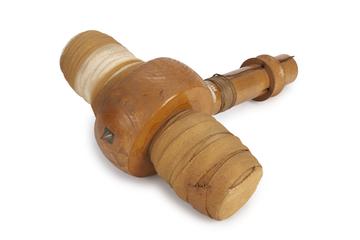
Replica of James Joule's Electromagnet

Electromagnet Core
1855-1865
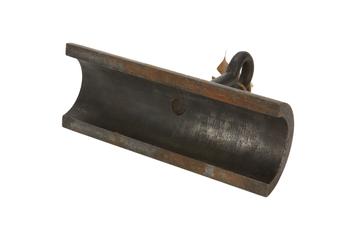
Part of Electromagnet
1855
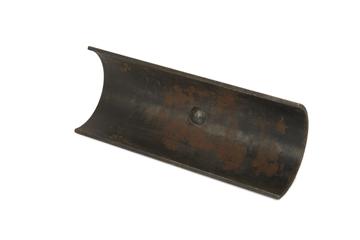
Part of Electromagnet
1855
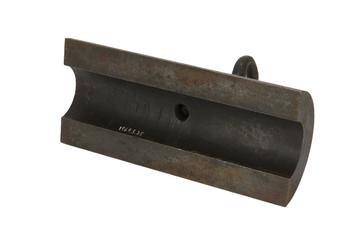
Part of Electromagnet
1855
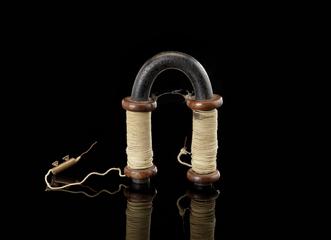
Horseshoe electromagnet, probably home-made
1900-1980
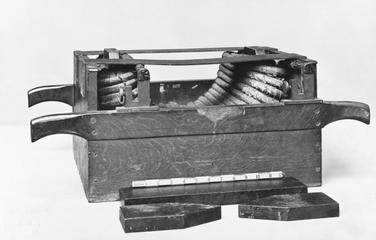
Large electromagnet with one armature and two pole pieces
1850
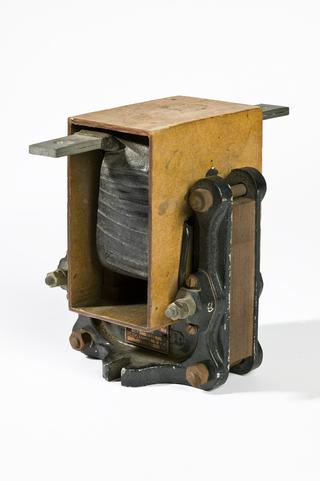
Ferranti electromagnet

Horseshoe-shaped electromagnet used by James Joule
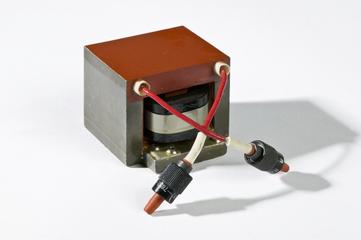
Ferranti electromagnet
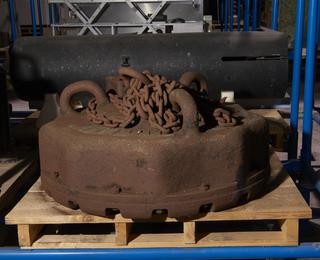
Electromagnet for a crane, by Witton Kramer
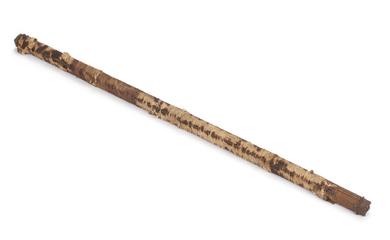
Electromagnet Core
1839

Electromagnet and rotating copper disc

Superconducting Electromagnet, 1990
1985-1995
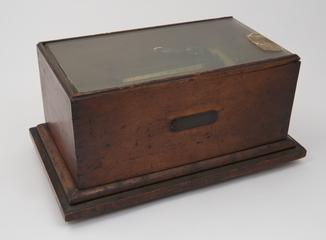
Cased electromagnet
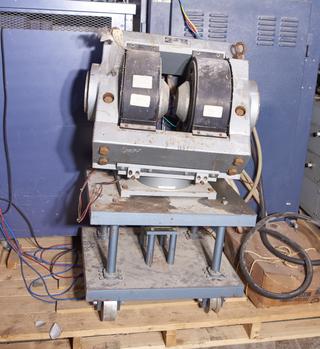
Electromagnet Type E
1960-1979
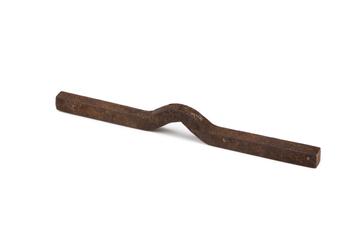
Electromagnet Core
1835-1845
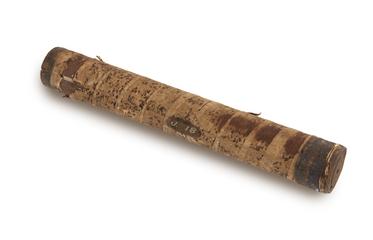
Electromagnet Core
1855-1865
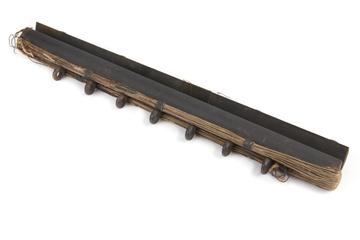
Electromagnet made by James Joule for experiments on lifting power
1840

Part of Electromagnet
1860
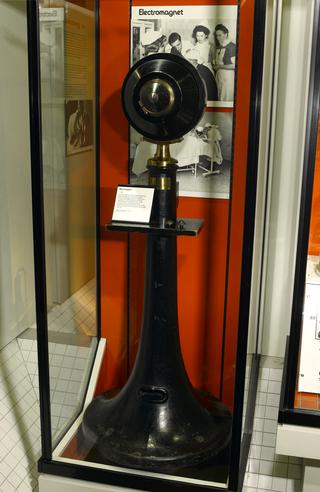
Ophthalmic electromagnet, United Kingdom, c. 1940
1935-1945
Electromagnet originally used for magnetising compass needles
Large electromagnet by Ducretet
1879-1883
Electromagnet used by James Joule
Ferranti,electromagnet
Electromagnet used by James Joule in about 1839 for experiments on the attracting power of magnets
Model of Mullard 'Ticonal' permanent magnet assembly
1950-1954
"Nivoc" electromagnet by W. and J. George and Becker Ltd.
1950-1954
Large superconducting electromagnet
1963-1969
Newport type N38 electromagnet, with power supply and power lead
1981
Large electromagnet by Nalder Bros. and Co
1881-1910
Large electromagnet
1850
Electromagnet and keeper
Electro-magnet horseshoe form
Electromagnet used by James Joule
Superconducting electromagnet
1989-1990